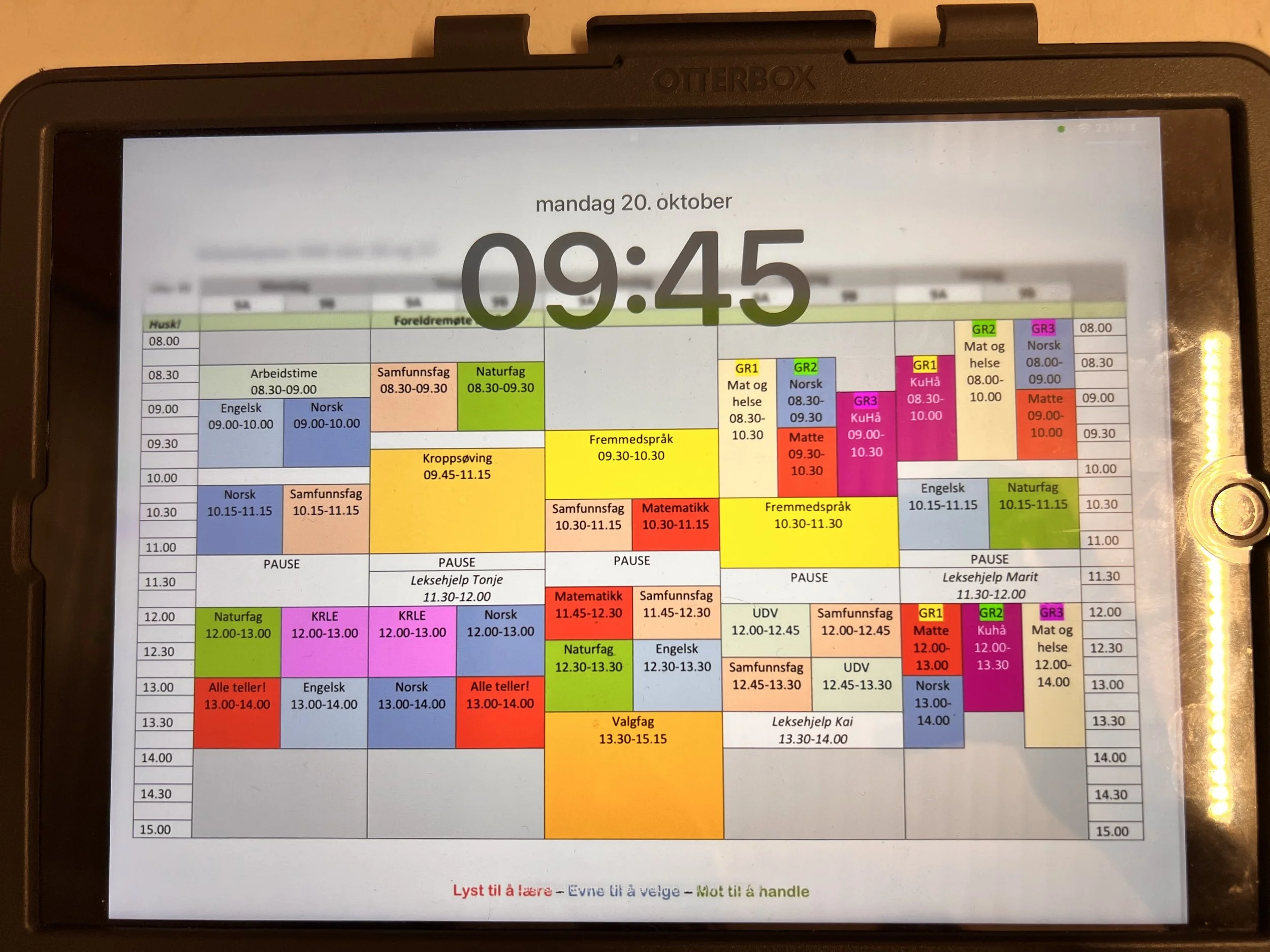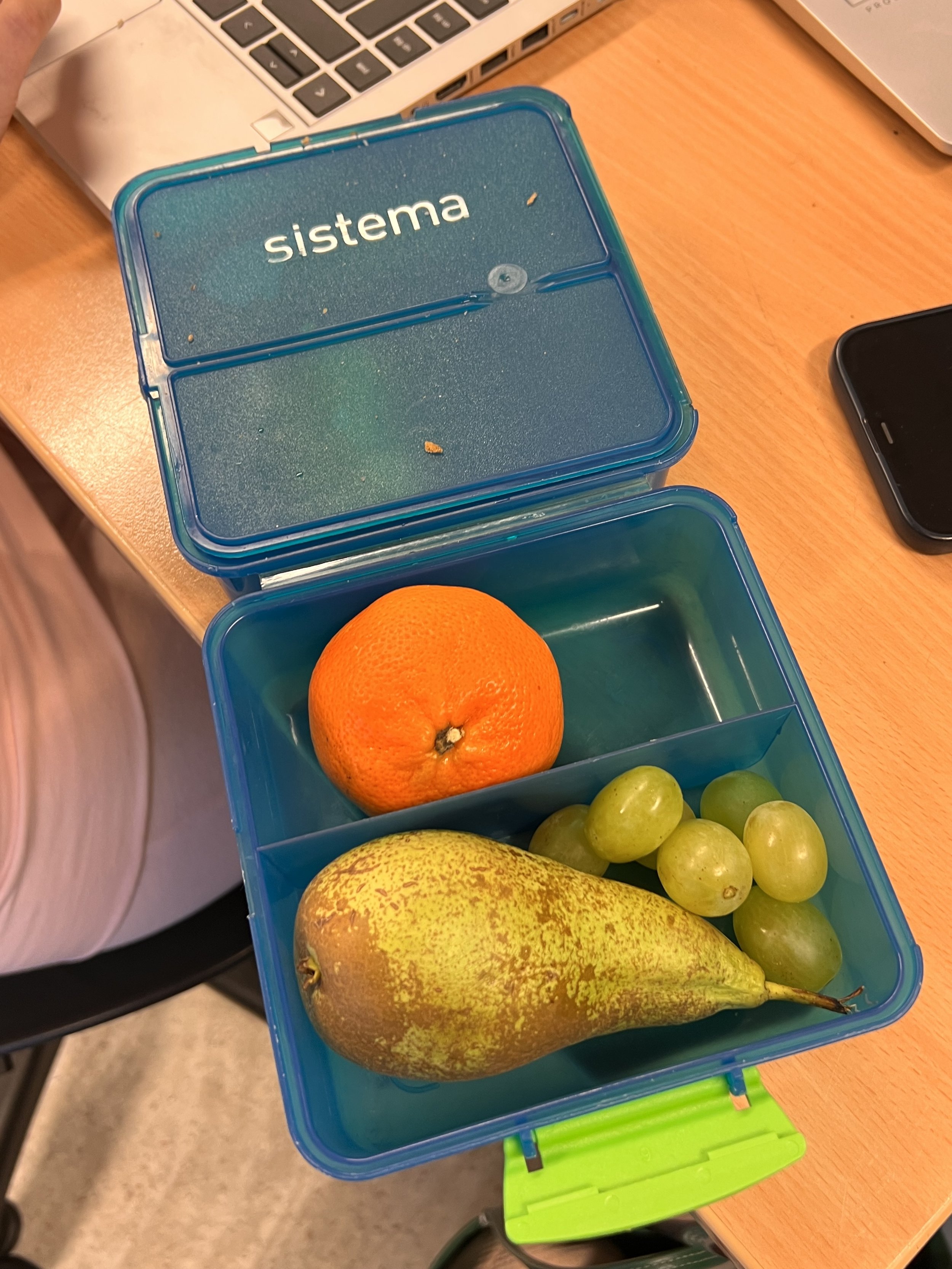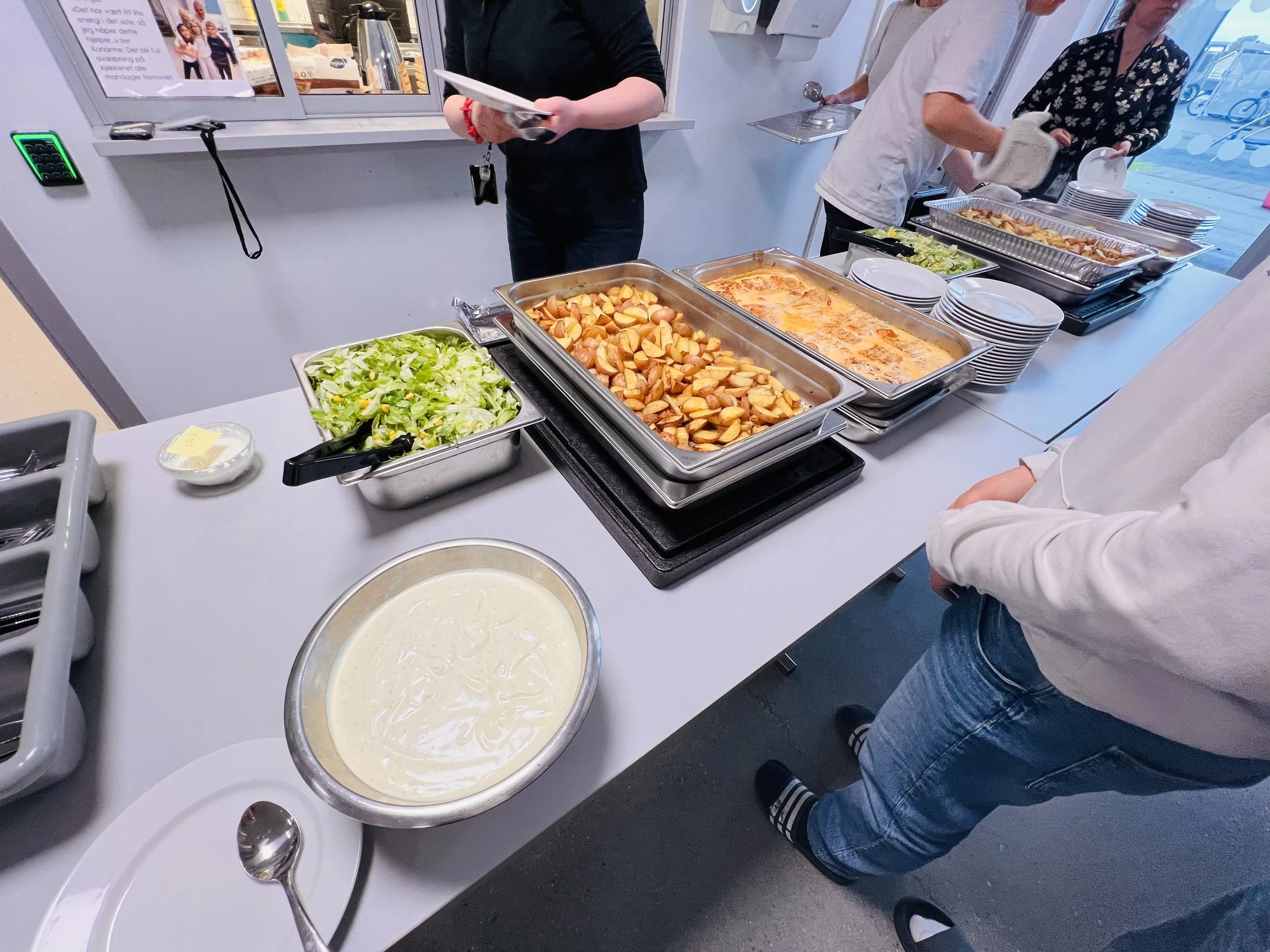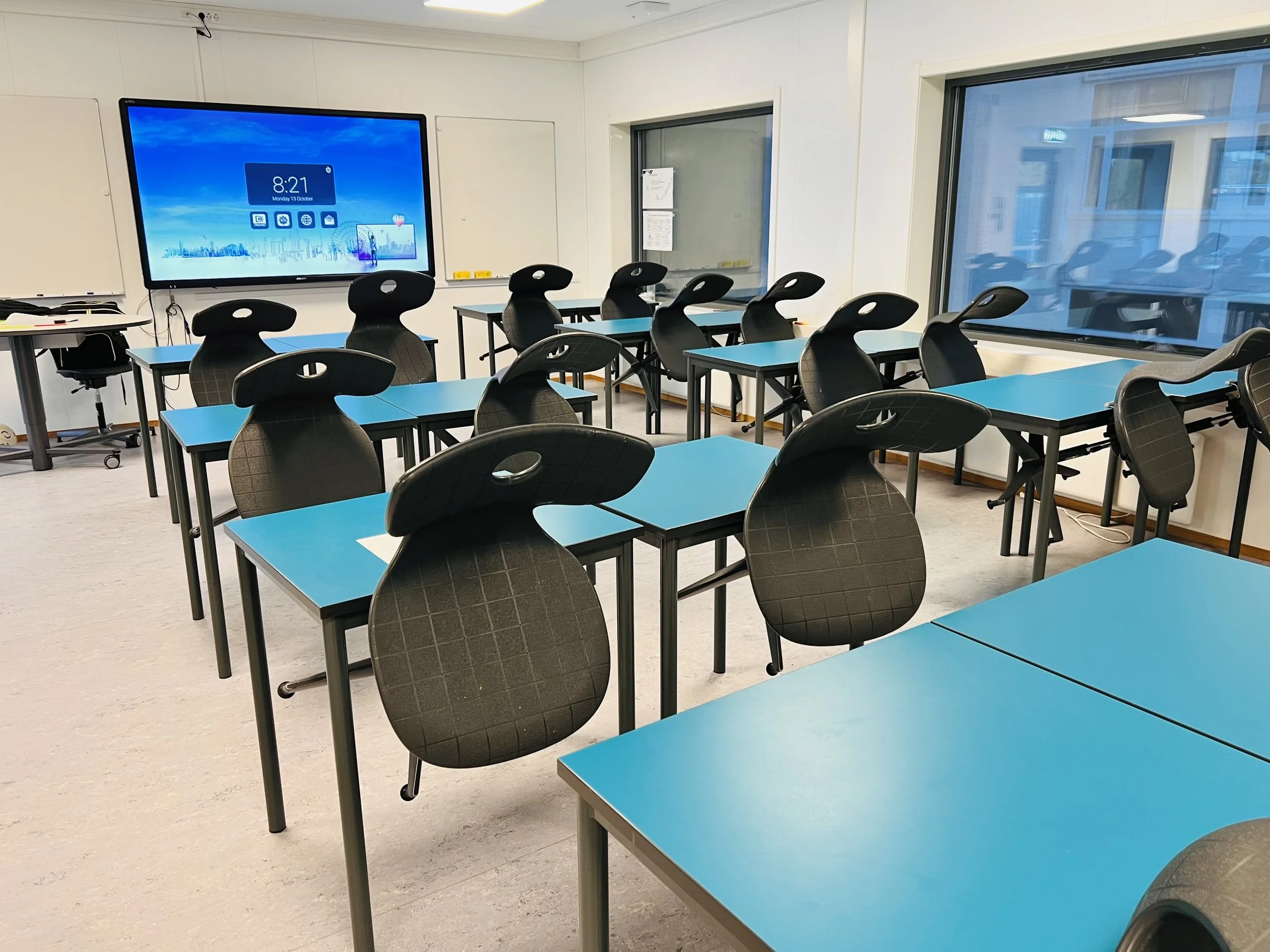Ungdomsskole
My role as a Fulbright Roving Scholar is to visit ungdomsskole (lower secondary) pupils in schools throughout Norway. Teachers view my pupil and teacher workshop offerings on the Fulbright website, then invite me to their schools to interact with their pupils and give them an opportunity to practice their English skills with a speaker from the United States. Lower-secondary schools serve pupils in grades 8-10, so they are not exactly equivalent to middle schools in the States.
As I meander throughout Norway, I’m learning about other unique features of the Norwegian school system. For example, there is usually no sign-in or reception area, so if a teacher hasn’t specified, I just try to find the staff room. As a school guest, I am always hesitant to walk into the building and search for the staff lounge. However, how incredible it must be to feel so safe and secure that strangers enter without worry or concern!
As a teacher, I’m also in awe of the teachers’ schedules and their relaxed demeanors while teaching; they are provided with multiple, large blocks of time for planning and team collaboration each week. In addition, when the students go outside for 5-15 minutes of outside time each hour, the teachers have that time to go to the bathroom and grab a cup of coffee. They also get 20-30 minutes to eat their lunch- they can actually chew their food and enjoy some non-school related conversation with co-workers! Plus, their school days are shorter, typically 8:30 - 1:30 or 2:00.
Ungdomsskole teachers in Norway teach multiple subject areas (e.g., math, literacy, Norwegian, English, French, PE, health, art, science) that may also include special education time. Sometimes the teacher serves as the main teacher in a classroom and sometimes they are there in a support role. Their homeroom class, though, is the same group of students for three years. That means that the students stay together as a core group from 8th grade to 10th grade.
The students remain in their home classroom all day and teachers transition in and out throughout the day for different subject areas. Their schedules are rather complex due to the volume of classes offered throughout the week. Breaks are essential, though, scheduled for every hour of instruction. The teachers dismiss the students to go outside, and a school bell signals their return inside.
Sample student schedule. The school’s motto is: Lyst til å lære – Even til å velge – Mot til å handle. This means, Willingness to Learn, Ability to Choose, Courage to Act.
While they are on break or waiting in the hallway for classes to begin, there are no supervisors monitoring student behaviors. Yes, there may be some gentle shoving and laughter, but the students are not naughty. They are treated as responsible humans, and they act accordingly.
Lunch break varies by school. Some schools don’t have a cafeteria, so students bring their matpakke, or packed lunch, and eat in the classroom or find a space outside or in the hallway. Their lunch could include plain bread rolls, sandwiches, and fruit. Nearly all lunches that I’ve seen have been healthy; I have yet to see a bag of chips, soda, juice, or some kind of candy.
A student’s matpakke or lunch.
Other schools may offer a warm meal, and students eat together in a common room. A school that I recently visited served salmon, potatoes, and salad for lunch, and it was delicious. The plates were small and there was no beverage provided as most people drink water. The menu was simple, on Monday the school serves a warm porridge, Tuesdays it’s a sandwich, Wednesday is a fish taco, Thursday is salmon, and on Fridays the school serves soup.
A warm meal, salmon and potatoes, served in a small, rural school.
Just like the simple meals, classrooms are very simple, with tables or desks and chairs, an interactive board, and maybe a shelf for students’ books. All materials are provided by the school, which include textbooks, notebooks, and iPads or computers. Students bring their preferred writing utensils but there are no shopping lists for families at the beginning of the school year- how novel!
There are also no elaborate decorations, posters, fancy chairs, or other things that teachers have become accustomed to requesting in Amazon’s Clear the List campaigns each fall. The focus is on learning, not aesthetics. Everything is very clean and accessible. Teachers do not spend school or personal funds on classroom décor. I have been diligent about taking photos of classrooms for my teacher candidates, to show them that they shouldn’t feel compelled or pressured to have Pinterest-perfect classrooms. Effective instruction and learning do not require pretty learning spaces, just clean and safe spaces.
Ungdomsskole classroom in Norway.
One instructional practice that grabs my attention is a beginning routine that I’ve witnessed in many classrooms. The teacher asks the students to stand, greets the students, the students reply, then the students sit in their chairs. I asked a student why they started each class that way and she explained that when they physically stand up and sit down together, the motion signals the start of the class and indicates that learning will begin. This simple practice provides an audio, visual, and physical signal for learning to commence.
There will no doubt be a Part 2, 3… or even Part 10 to this post, but my initial observations have focused on many uncomplicated yet effective aspects of Norwegian learning spaces. The simple starting prompts, unadorned classrooms, and basic outdoor time have a profound impact on students’ learning. There are so many things yet to learn, and I am so grateful for the opportunity to visit ungdomsskoler for 10 months and learn how I can improve my own teaching practice and help my teacher candidates, back in the States, develop their teaching methods.




